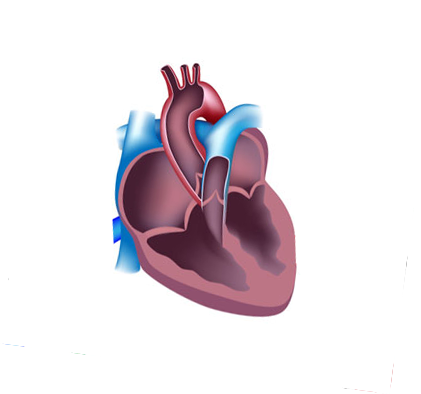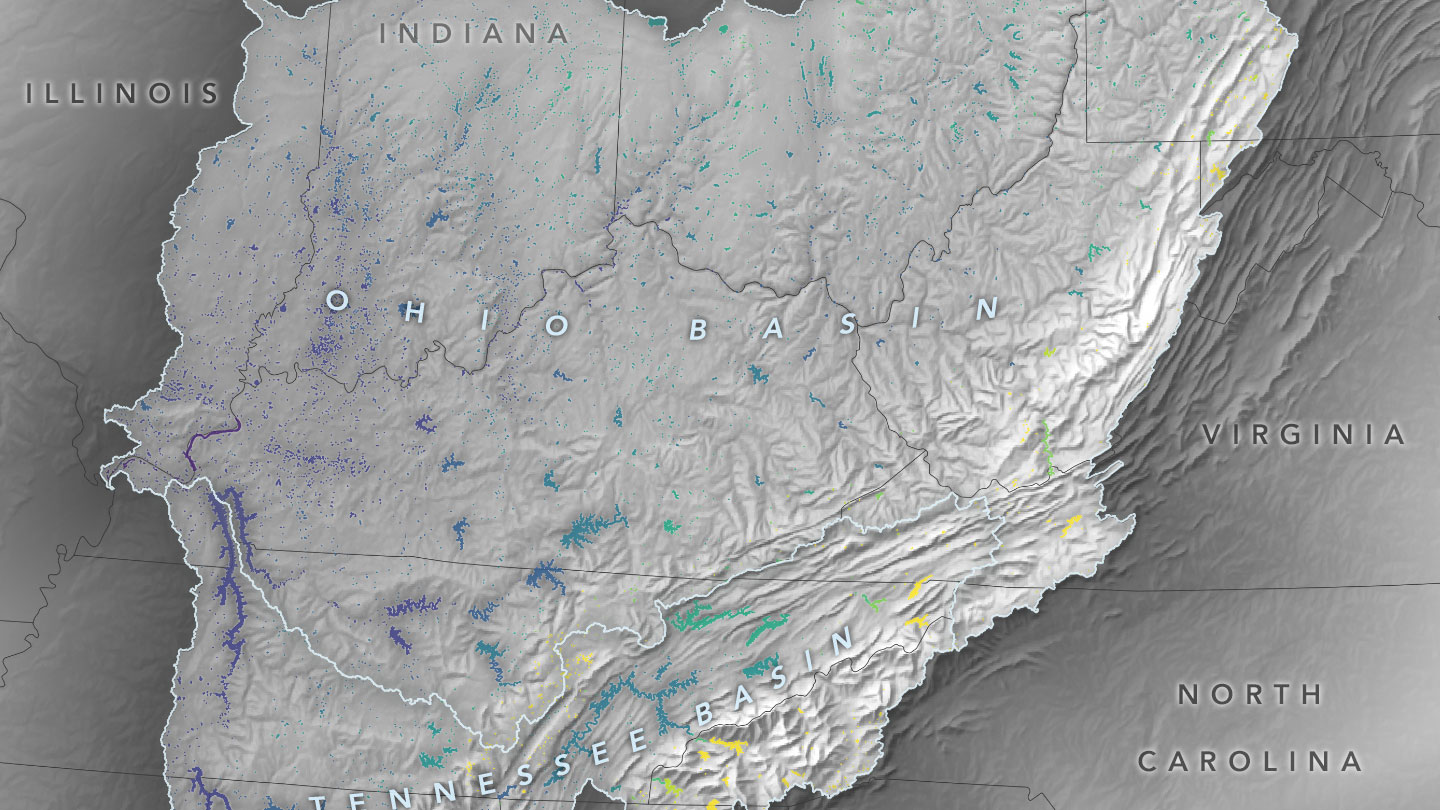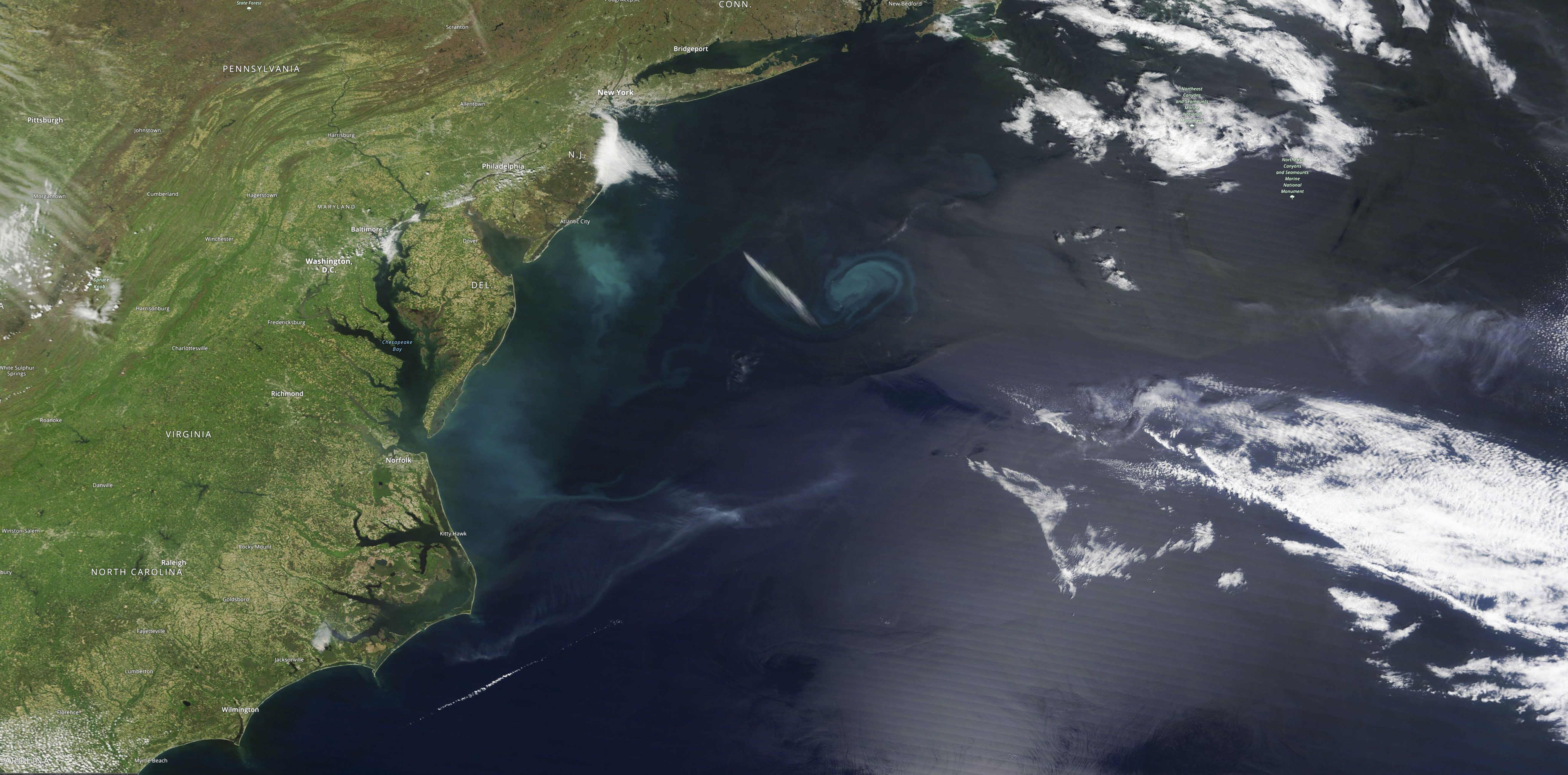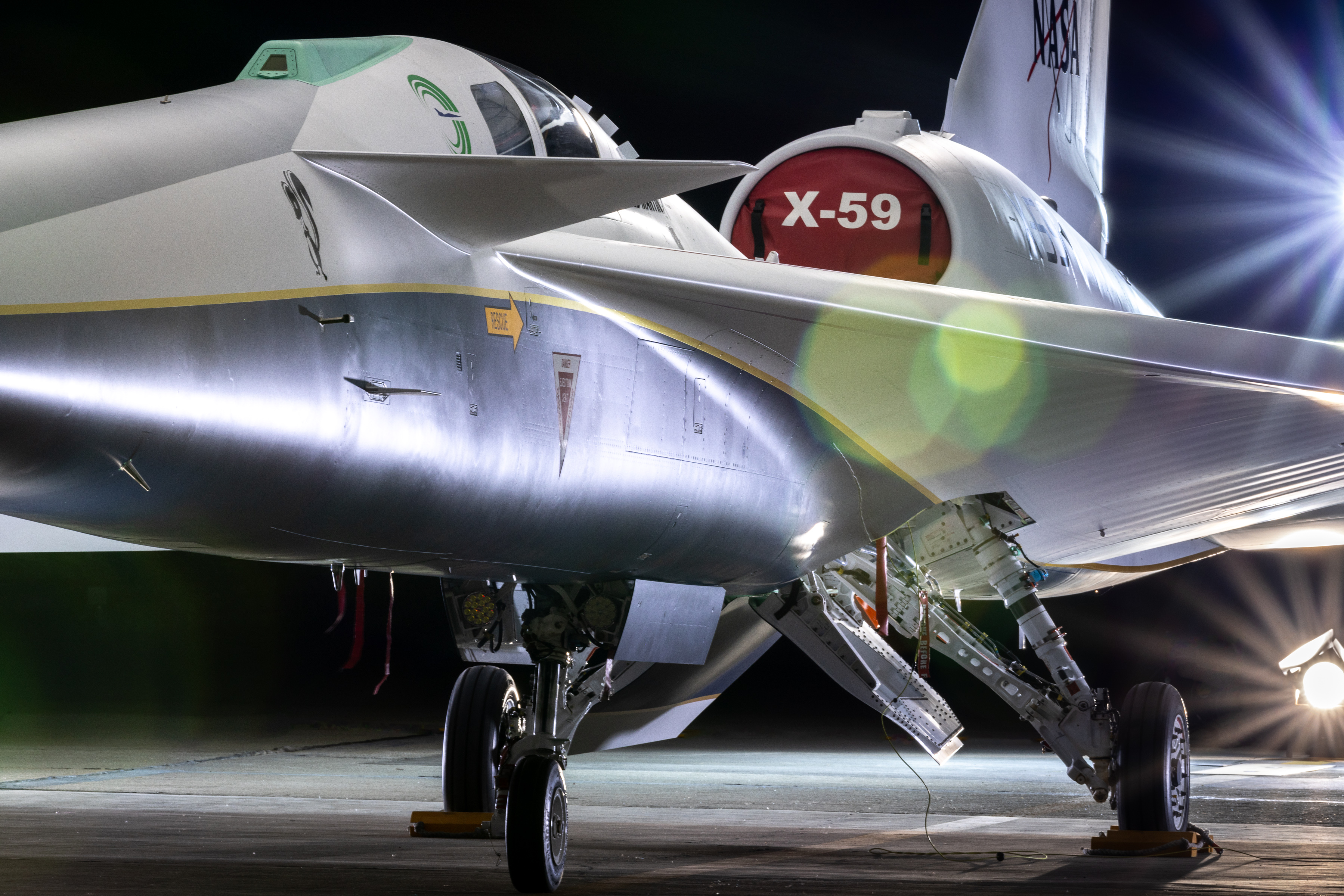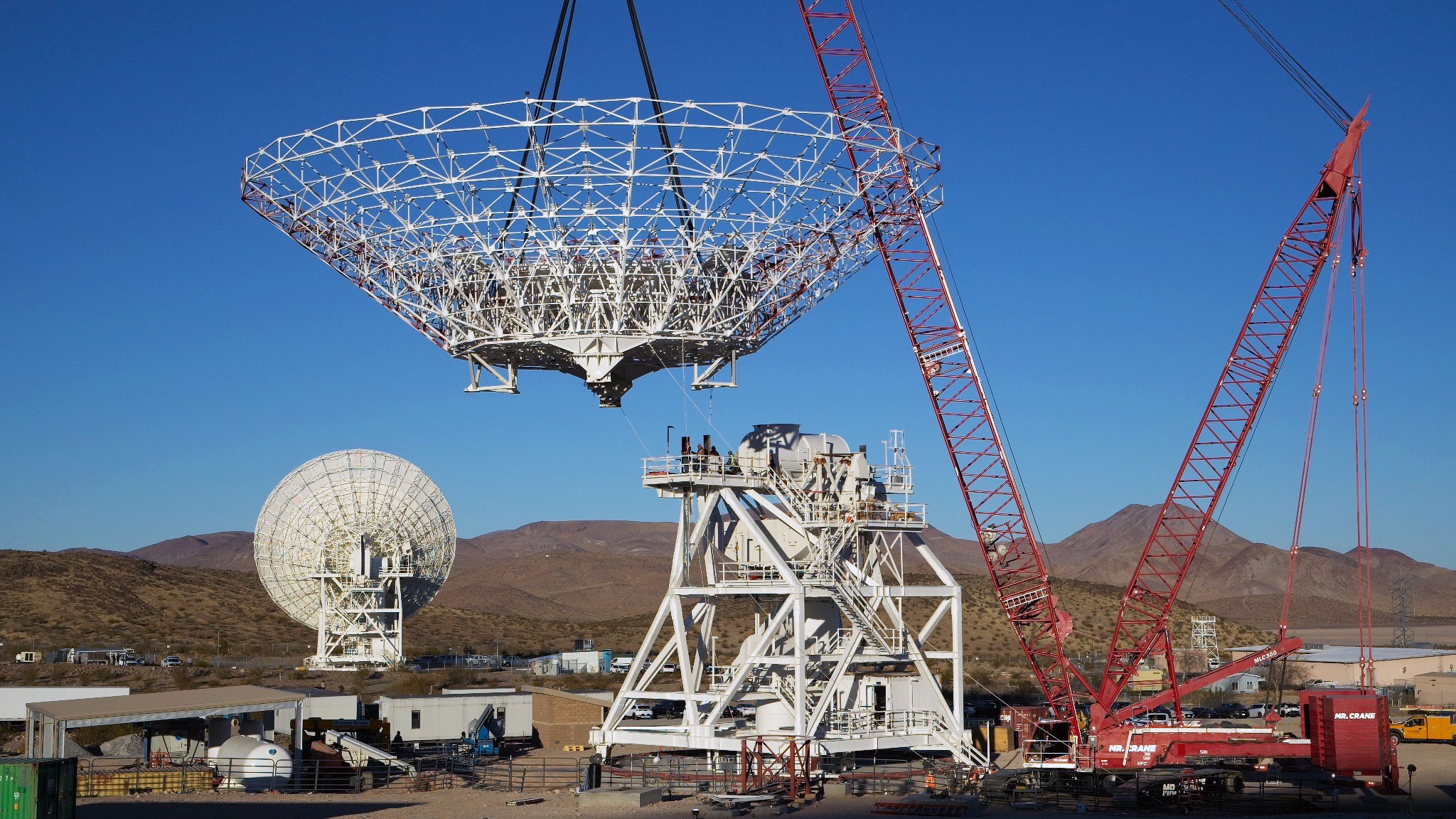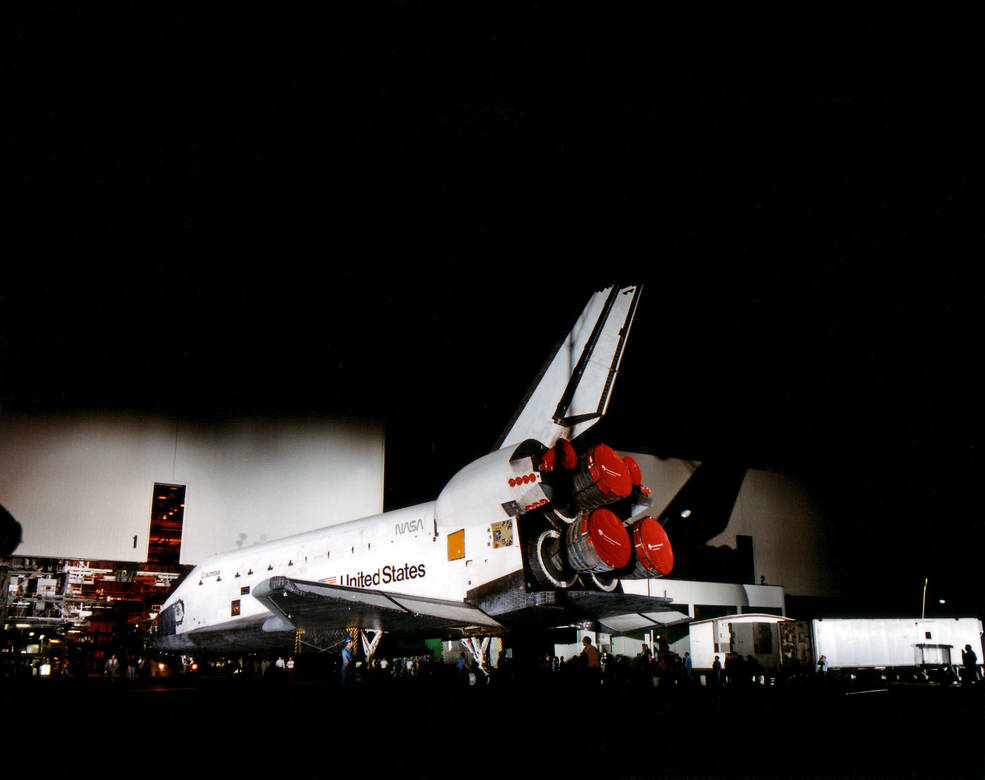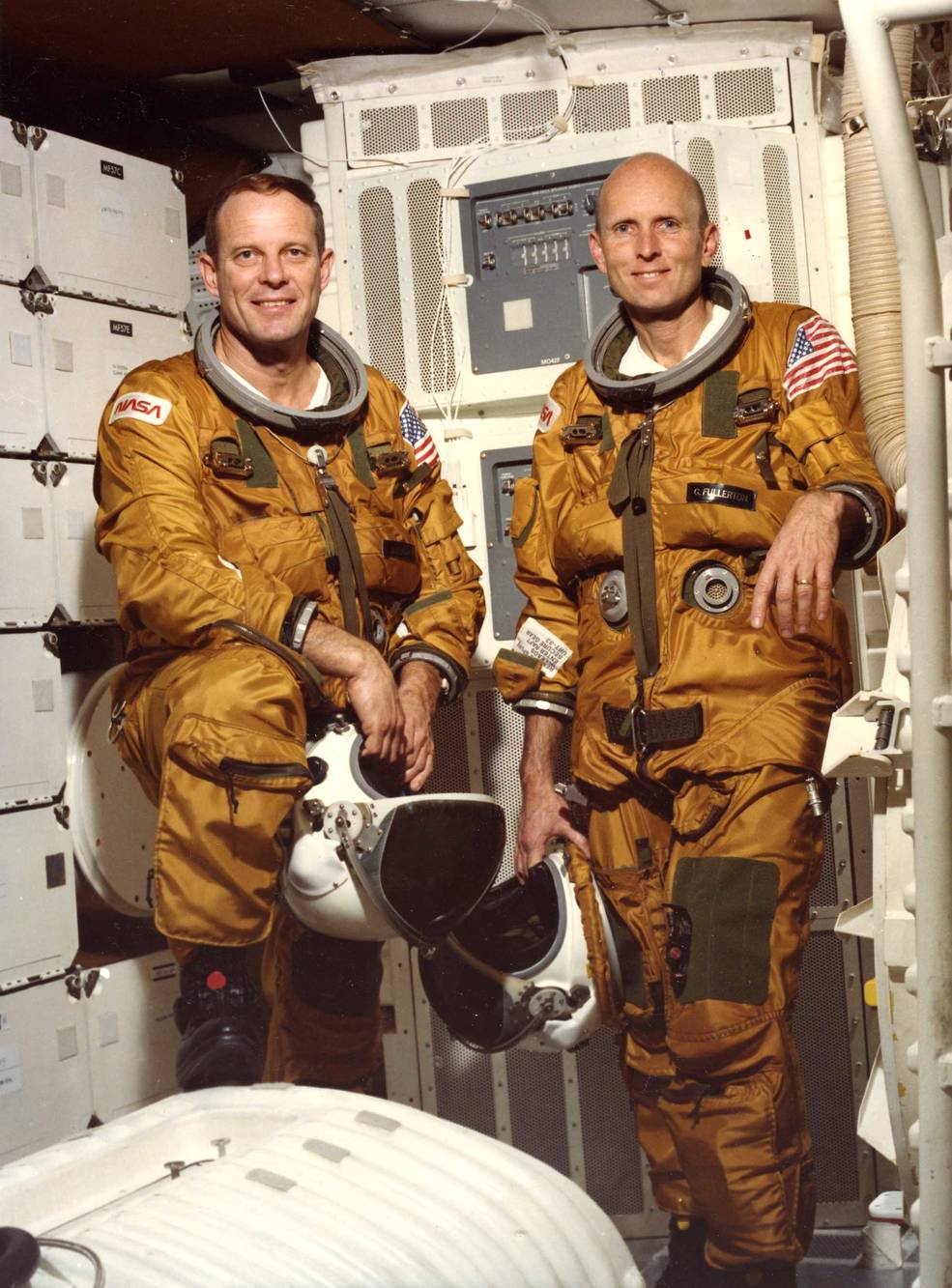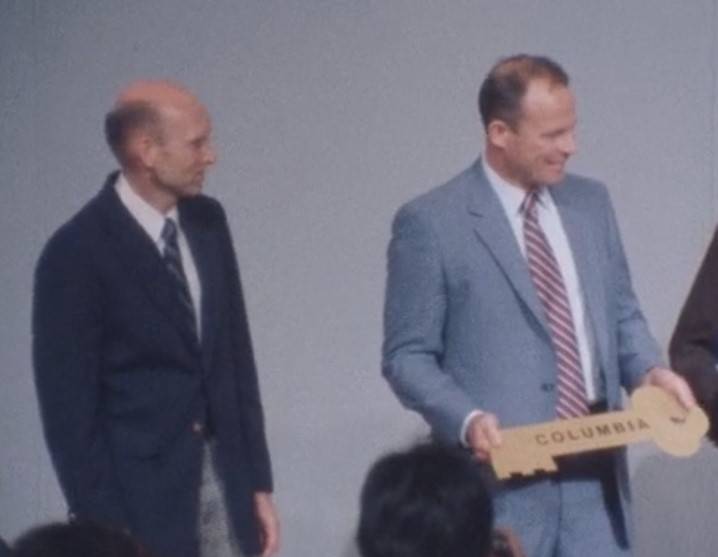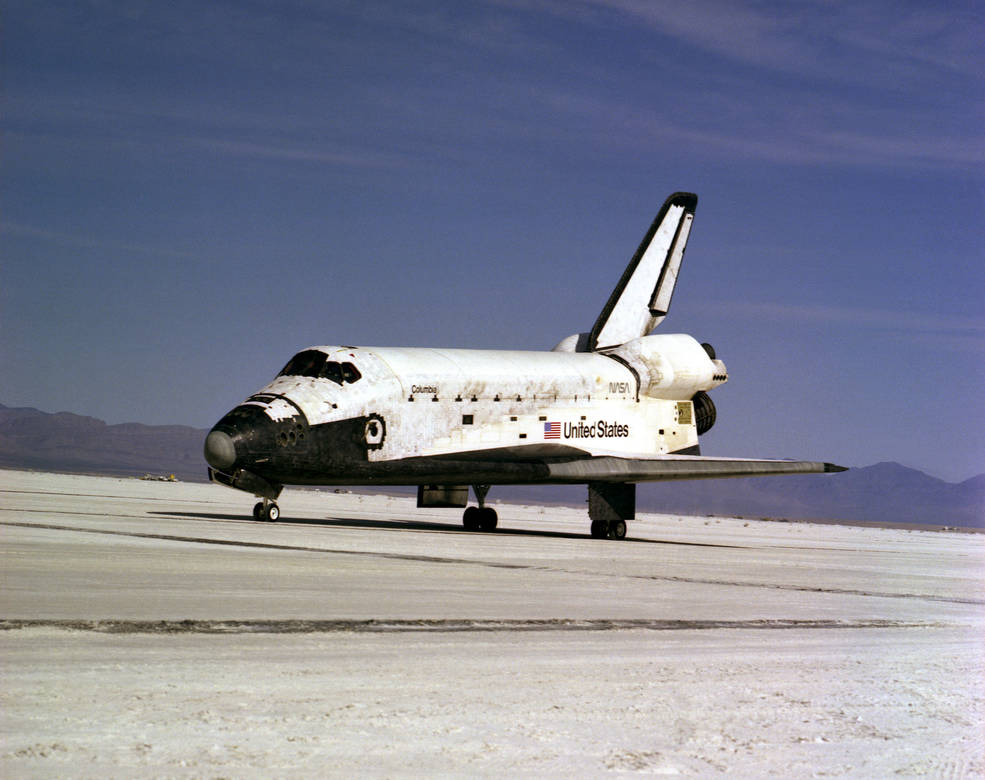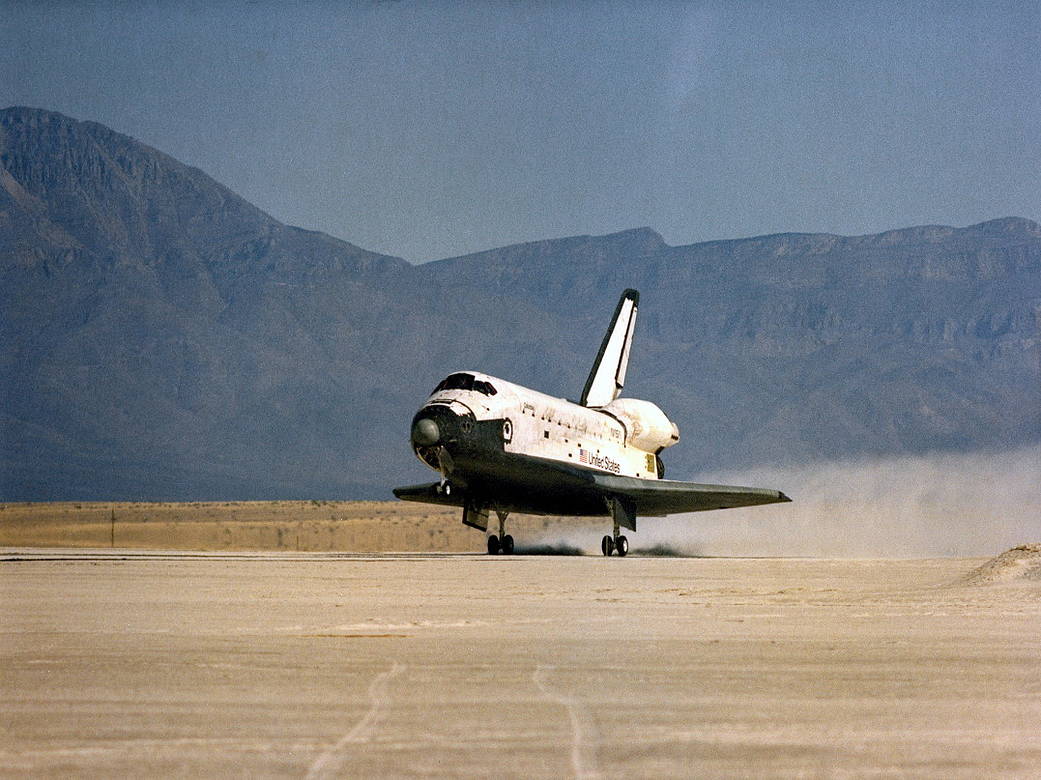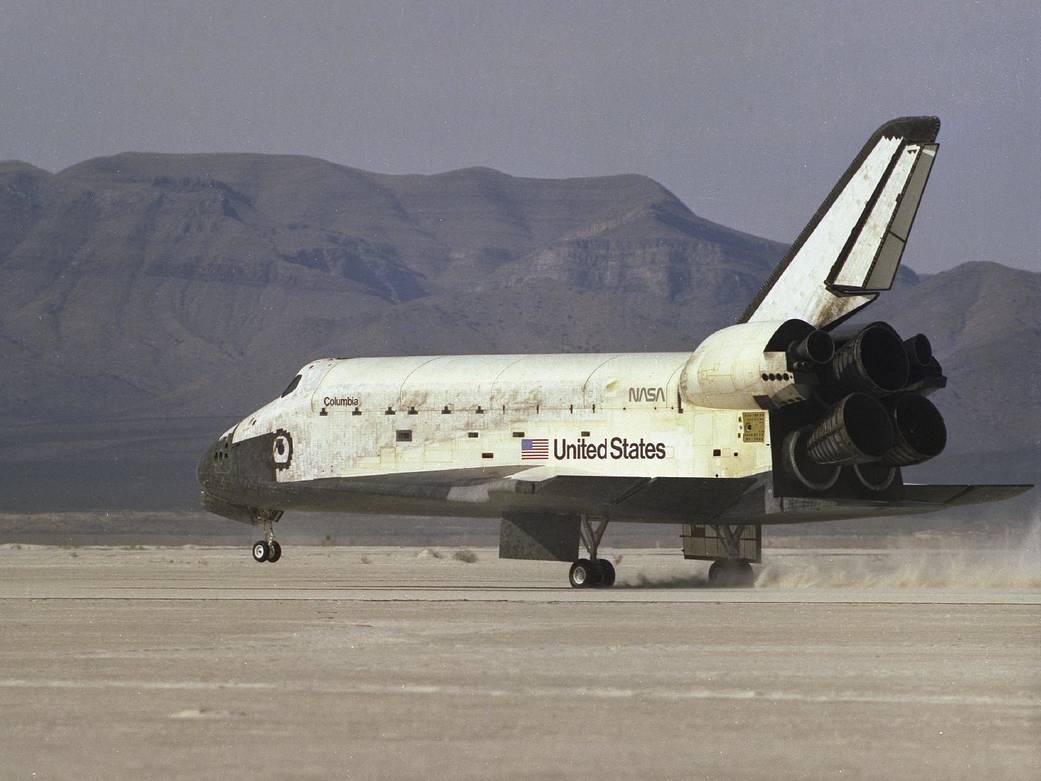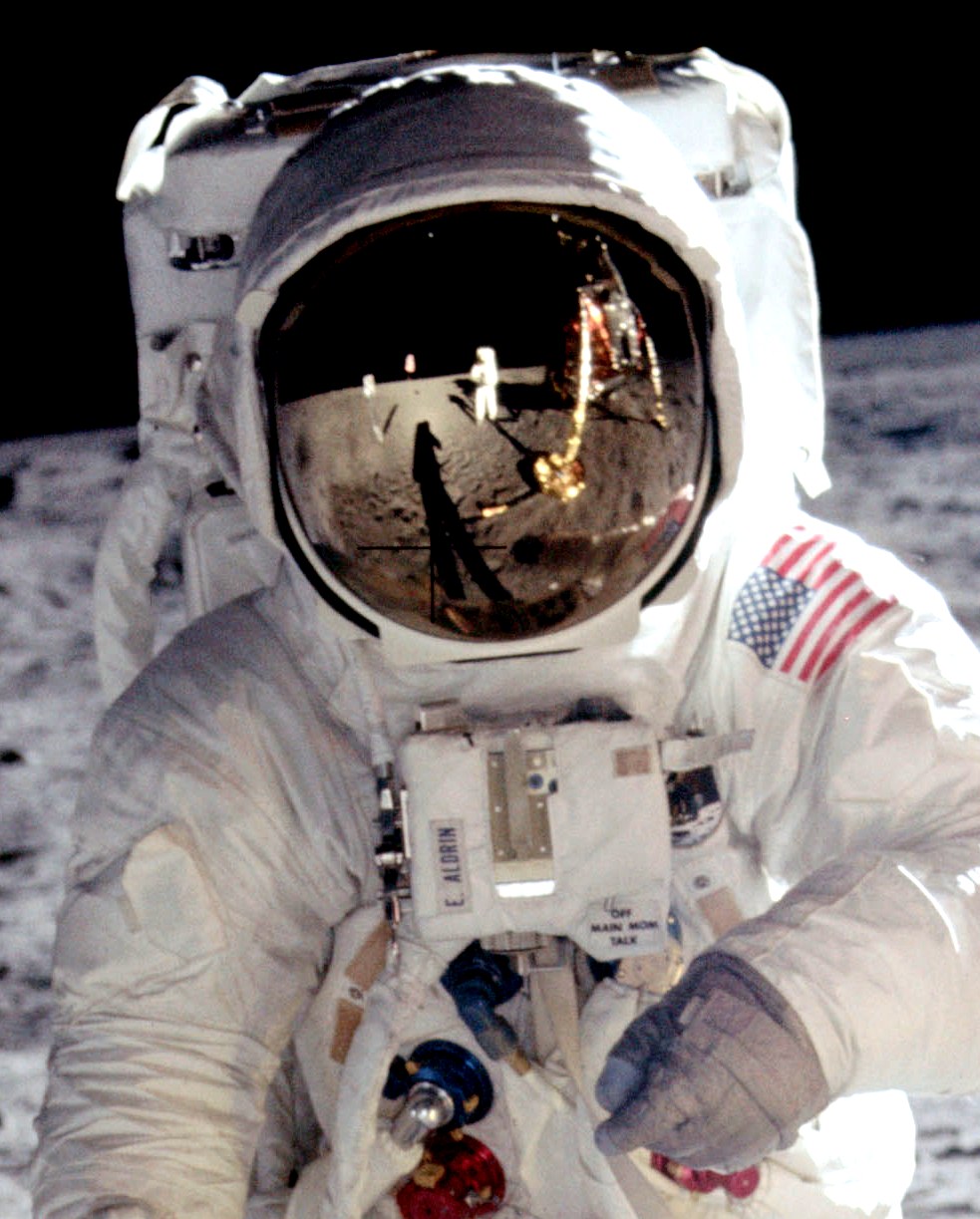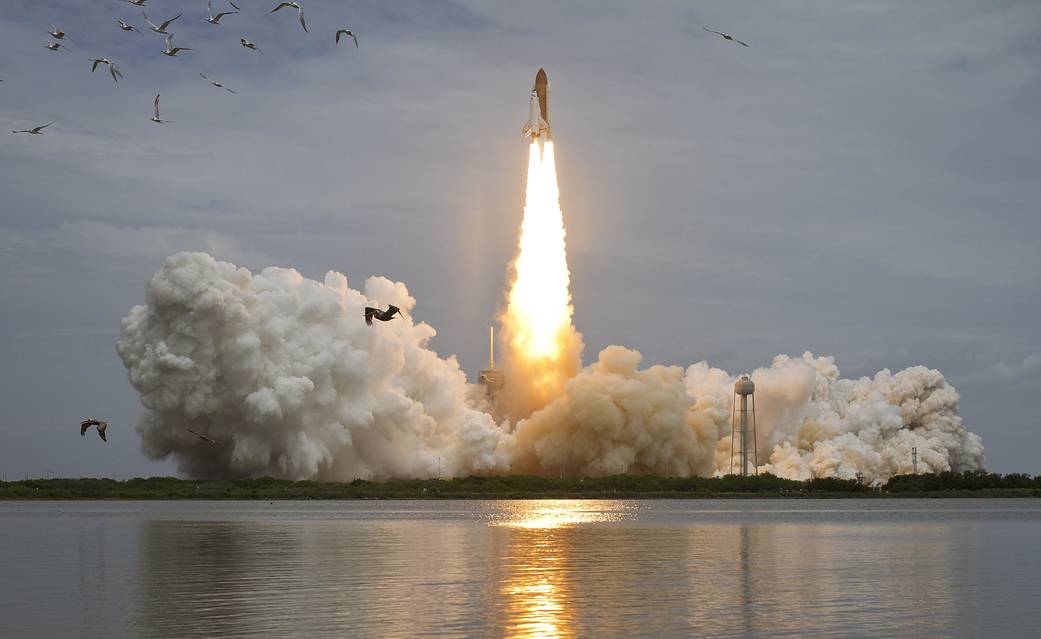STS-3
Third test flight of the Space Shuttle
Orbiter
Mission Duration
Launch
Landing
Jack R. Lousma
Commander
Jack R. Lousma was selected as one of the 19 astronauts in NASA’s Astronuat Group 5. After spending 59 days in space on the Skylab space station, Lousma was named the commander of STS-3, his final space flight.
Read More
C. Gordon Fullerton
Pilot
C. Gordon Fullerton was chosen in Astronaut Group 7 in September 1969 and served on the support crews for the Apollo 14, 15, 16, and 17 missions. The third test flight of the Space Shuttle, STS-3, was his first trip to space.
Read More
Mission: Third Shuttle Mission/Office of Space Science-1 (OSS-1)
Space Shuttle: Columbia
Launch Pad: 39A
Launched: March 22, 1982 at 11:00:00 a.m. EST
Launch Weight: 235,415 pounds
Landing Site: White Sands, New Mexico
Landing: March 30, 1982 at 9:04:46 a.m. MST
Runway: 17 – Northrup Strip
Rollout Distance: 13,732 feet
Rollout Time: 83 seconds
Revolution: 130
Mission Duration: 8 days, 0 hours, 4 minutes and 46 seconds
Returned to KSC: April 6, 1982
Orbit Altitude: 147 nautical miles
Orbit Inclination: 38.0 degrees
Miles Traveled: 3.335 million
Mission Objectives
Demonstrate safe re-launch and safe return of the orbiter and crew. Verify the combined performance of the entire shuttle vehicle – orbiter, solid rocket boosters and external tank.
Payloads included the 8,740 lbs. Office of Space Science (OSS-1) Pallet consisting of the Plant Lignification Experiment, the Plasma Diagnostic Package (PDP), the Vehicle Charging and Potential (VCAP) experiment, the Space Shuttle Induced Atmosphere experiment, the Thermal Canister experiment, the Solar Flare X-Ray Polarimeter, the Solar Ultraviolet and Spectral Irradiance Monitor (SUSIM), the Contamination Monitor Package and the Foil Microabrasion Package. Also in the payload bay was the 11,048 lbs. Development Flight Instrumentation (DFI) Pallet and the 448 lbs. Aerodynamic Coefficient Identification Package (ACIP).
The crew compartment housed the Monodisperse Latex Reactor (MLR) experiment and the Heflex Bioengineering Test (HBT) experiment.
Mission Highlights
The launch was delayed one hour due to failure of a heater on the nitrogen gas ground support line.
Testing continued of space shuttle systems for qualification for operational flights. Testing of remote manipulator system and measurements of thermal response of orbiter in various attitudes to sun conducted. Get Away Special test canister and Spacelab pallet-mounted experiments for NASA’s Office of Space Science-1 (OSS-1) carried in payload bay. OSS-1 obtained data on near-Earth space environment, including contamination (gases, dust, etc.) introduced into space by orbiter itself. Other experiments: Monodisperse Latex Reactor (MLR), Electrophoresis Equipment Verification Test (EEVT), Heflex Bioengineering Test (HBT) and first Shuttle Student Involvement Program (SSIP) experiment. Problems encountered: space sickness, malfunctioning toilet, thermostat difficulty and unexplained static interfering with crew sleep. Auxiliary power unit registered overheating during ascent, but functioned properly during descent. Three communications links were lost.
40 Years Ago: STS-3, Columbia’s Third Mission to Space
Space shuttle Columbia took to the skies on March 22, 1982, for its third trip into space. Astronauts Jack R.…
Read the Story

